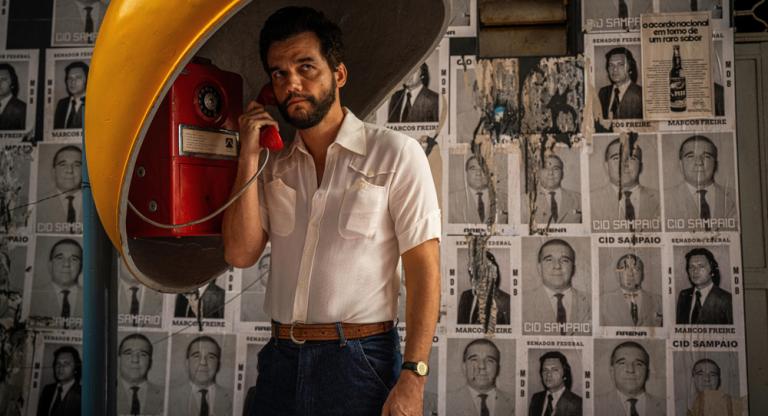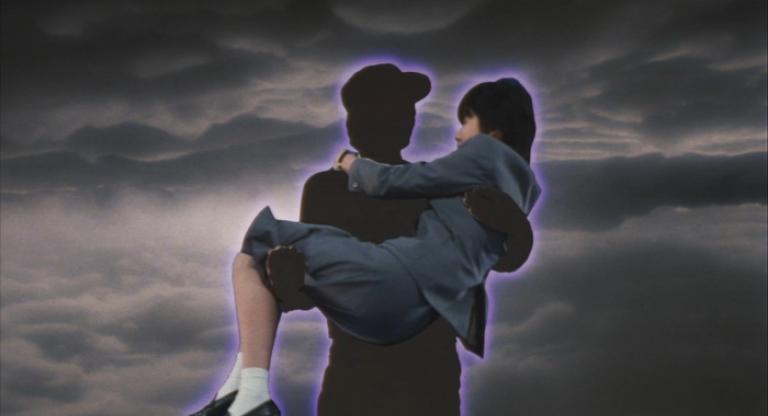Appearing at the Museum of the Moving Image’s First Look Festival, under the dual banner of their ongoing “Science on Screen” series, Leandro Listorti’s Herbaria and Gerard Ortín Castellví’s Agrilogistics explore the relationship between the cinematic and the botanic in intriguing and unsettling ways.
Herbaria is a timely inquiry into ecological and filmic fragility and the need for preservation in the face of extinction: In the past 275 years, our planet has lost five hundred plant species—more than twice the number of birds, mammals and amphibians which have become extinct in the same period. In the age of the motion picture, only 15% of the world’s silent and 50% of 35mm sound films have survived. This sense of history guides Herbaria on its roving journey through gardens in Buenos Aires and film archives in Berlin. Argentina’s natural history turns out to be intimately connected with its cinematic history: one of the country’s leading botanists, Cristobal Hicken, was uncle to Pablo Hicken, an amateur filmmaker who amassed one of the world’s greatest collections of cameras and projectors. Another key figure in Argentine film history, veteran experimental filmmaker Narcisa Hirsch, makes a cameo appearance, still feisty in rocker sunglasses at age 95. Arriving near the film’s halfway point, Hirsch is a living bridge, both between the two main sites, Germany and Argentina, and between the era of early cinema and our own.
Both Herbaria and Agrilogistics train their lenses on hypnotic processes and invisible labor. Herbaria foregrounds museological archiving—the meticulous behind-the-scenes work of culling, pressing, stitching, drawing, indexing, and storing. Agrilogistics, a 21-minute short set in an industrial greenhouse, uncovers the hidden processes of picking, sorting, and packing food. Disembodied human hands—wearing gloves masking gender and ethnicity—clean machinery and pick up where robotic hands have left off. Agrilogistics avoids making overt political statements about the perils of Big Ag, opting for something less classifiable and more mysterious. In contrast to the nostalgic warmth of Herbaria’s 16mm footage, Agrilogistics’s high-definition video is as cool and sleek as its sterile factory setting. The industrial greenhouse—with its lights and cameras—is conceived of as a film set, rendering the division between reality and dream murky. The natural world soon disrupts the artificial security of the mechanized, controlled environment—a trespassing cow and alpaca find their way in, roaming around in the eerie infrared light. The hallucinatory quality to this nighttime interlude—do androids dream of alpacas?—closes the short film on an ominous note, with a walking twig bug triumphantly perched on a surveillance camera.
Both Agrilogistics and Herbaria hint at the regulatory forces of nature that counter human attempts at subjugation and, with irrepressible élan vital, perpetually undo the man-made—from the intruding animals in Agrilogistics to the fungi colonizing and dissolving the world’s film images in Herbaria. In the battle between humans and nature, the latter, Hirsch reminds us, will likely prevail.
Herbaria and Agrilogistics screen tonight, March 16, at the Museum of the Moving Image as part of their First Look Festival and “Science on Screen.” Directors Leandro Listorti and Gerard Ortin Castellvi will be in attendance for a Q&A.



